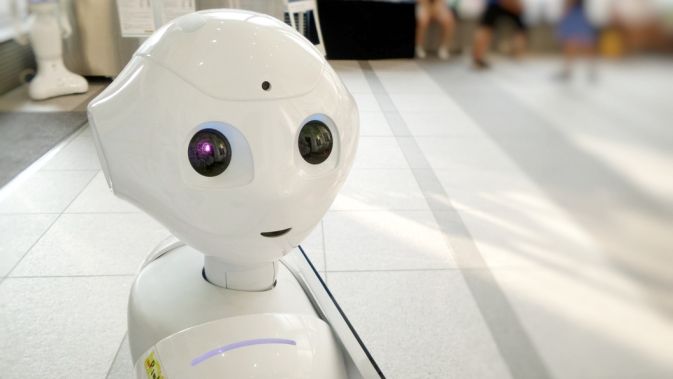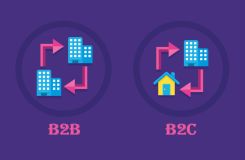
COVID- 19 pandemic has prompted the adoption of AI and machine learning in 2021. In 2022, these technologies will continue to transform business decision-making and operational efficiency. Gartner predicts a $62 billion global AI software market in 2022. According to a Toolbox poll, 42% of tech experts believe AI will be the biggest tech trend in 2022.
IDC predicted that by 2023, AI will be worth $97.9 billion. And COVID-19 has increased the potential value of AI. Applicable AI is becoming a reality through enterprise automation and AI hardware and software advancements. AI in software testing solutions would also help companies improve the quality of their AI products. Here are the top
5 Artificial Intelligence trends for 2022
1. AIOps Culture Adoption
IT systems have become more complex as technology advances. According to Forrester, vendors will want platform solutions that work with multiple monitoring disciplines like networking, application, and infrastructure. Operations, development, and other teams can benefit from AIOps solutions. From end-to-end IT operations management tool chain integration to data correlation and digital experiences, Forrester advises business leaders to partner with AIOps providers.
2. AI in Healthcare
Sanjeev Agrawal, president and COO of LeanTaaS, says the healthcare industry will continue to use AI-driven technology and advanced analytics in 2022 and beyond. Healthcare systems should invest in AI-driven technology that solves problems while allowing users and IT staff to easily adapt. They must recognize the value of AI and the benefits of investing in new technology. For example, AI and machine learning can optimize operating rooms, infusion chairs, and hospital beds.
3. Simplified MLOps Approach
Machine learning in industrial production is a complex process. Machine learning requires many frameworks and tools. MLOps is similar to DevOps. MLOps includes:
Configuring the model registry, detecting model drift, and monitoring model decay
Cloud-based machine learning platforms like Azure ML, Google Vertex AI, Amazon Web Services, and Amazon SageMaker use MLOps. The MLOps is now easily accessible thanks to open-source projects like MLflow and Kubeflow. In the coming years, MLOps will be streamlined and simplified across edge computing and cloud environments.
4. Combining Cloud and AI Apps
Rico Burnett, Exigent's director of client innovation, believes AI will play a major role in the adoption of cloud solutions. Using AI will make managing cloud resources and large data sets much easier.
Defining the Next Conversational AI Wave
Language models are natural processing algorithms and techniques used to determine sentence probability. These models can summarise data, predict the next word in a sentence, and create visual charts from plain text. Large language models like OpenAI GPT-2 and GPT-3 and Google BERT (LLM). Several AI startups, including Cohere, OpenAI, AI21 Labs, and Hugging Face, are heavily investing in LLM. South Korean company Naver developed HyperCLOVA, a GPT-3 Korean language model. Without a doubt, LLM 2022 will pave the way for next-gen conversational AI tools
Last Words
Do you think AI will change business decision-making in 2022? We can all agree that businesses need to implement reliable AI testing strategies for better AI software deployment. Without a doubt, the above-mentioned trends will dominate business in 2022 and beyond. But they need a solution to ensure product quality and reliability.
Was this helpful?
Kingerlon collects & utilizes cookies from third-parties & affiliate networks to improve user experience. If you buy a product or service after clicking on one of our links, we may get a commission.










